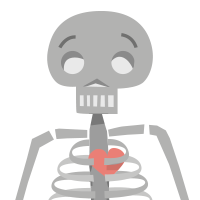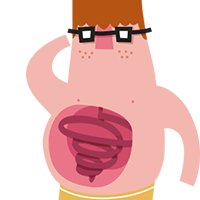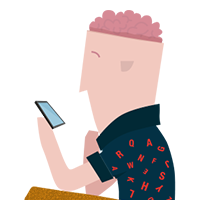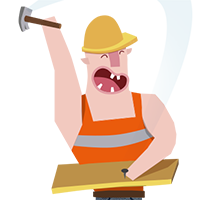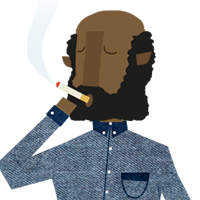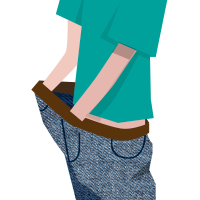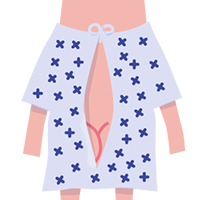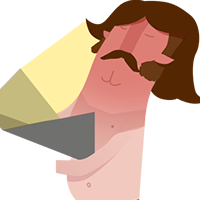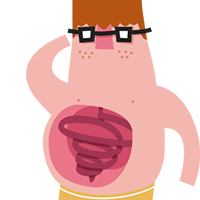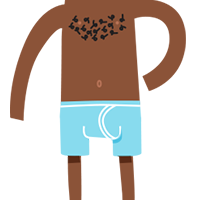
Men have breast tissue so can get Breast Cancer too
Breast Cancer
Each year hundreds of men are diagnosed with Breast Cancer in the UK alone.
Yep, that’s right – men can get Breast Cancer too. Now, it’s nothing to be embarrassed about – men have breasts (and we’re not just talking about those ‘man boobs’), so of course men can get Breast Cancer too.
Each year hundreds of men are diagnosed with Breast Cancer in the UK alone, meaning it’s not just a girl thing, but a problem for the boys too.
Girls have it drilled into them from a young age to keep an eye out for the symptoms of Breast Cancer, so guys need to catch up and know what to look out for too – as the earlier you catch it the easier it is to treat.
400 men are diagnosed with Breast Cancer in the UK every year
1 in 140 Breast Cancer cases are male
1 in every 100,000 men will develop Breast Cancer
75 men died from breast cancer in the UK in 2012
Prevention
The experts aren’t 100% on what causes Breast Cancer, but, as with other Cancers, there are some risk elements which make it more likely.
These include:
- Age (Breast Cancer is most common in men 60+)
- Obesity
- Family history of Breast Cancer (male or female)
- Liver damage (such as liver Cirrhosis)
- Conditions that can damage the testicles (such as undescended testicles or Mumps as an adult)
Symptoms
The most common sign is a hard lump on the chest, usually found underneath the nipple and areola (that’s the circular area coloured differently to your chest). If your nipples have changed in shape, colour or if there’s any discharge then you should call your GP.
Other symptoms can include:
- A nipple turning inwards
- A rash on the nipple
- Changes to the size or shape of the breast
- Bleeding or discharge from the nipple
- An ulcer on the breast skin
- A lump in the armpit
Remember, you can get similar symptoms from harmless cysts, but it’s always best left to your GP to decide the best fix. When you visit your doctor, they’ll feel your chest area to see if the lump could be a cyst.
Your doctor may organise an ultrasound or an X-ray. These don’t hurt and won’t need you to stay overnight. Another potential test is a biopsy, which takes a sample of the lump for testing.
MOT
It’s always worth giving yourself a regular once over to check for any unusual lumps or bumps.
Here’s a quick guide to checking yourself (or, you and your partner could always have a bit of fun and check each other instead)…
- Check one breast at a time
- Use your right hand to check your left breast, and then with your left hand check your right breast
- Place your fingers flat against the breast and press firmly in small, clockwise circles
- Start at the top edge of your breast and spiral in towards the nipple
- Feel for any hard lumps or bumps
- Give both of your nipples a gentle squeeze to look for any discharge
If you notice anything unusual, then don’t hang about – get it checked out by a doctor.

